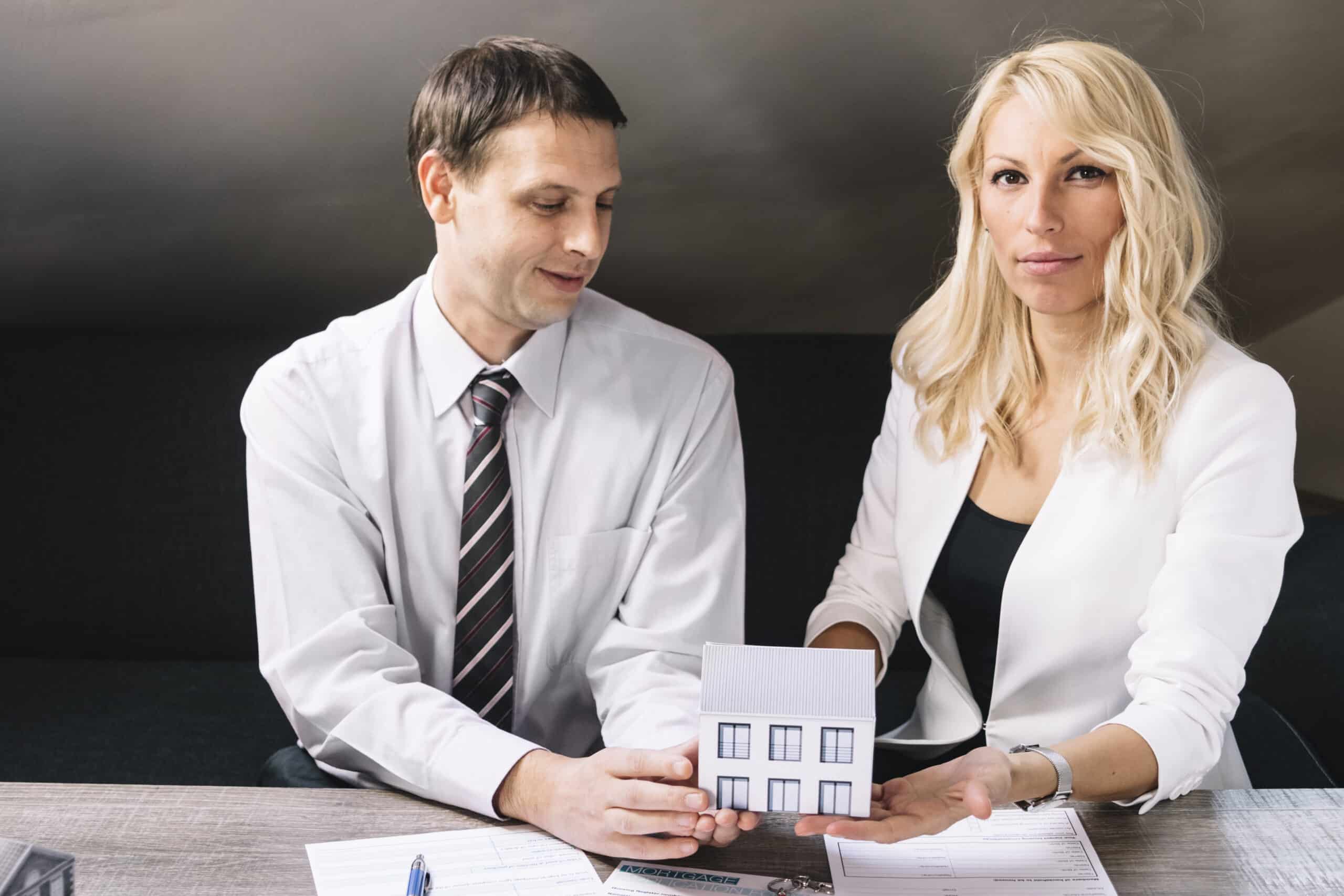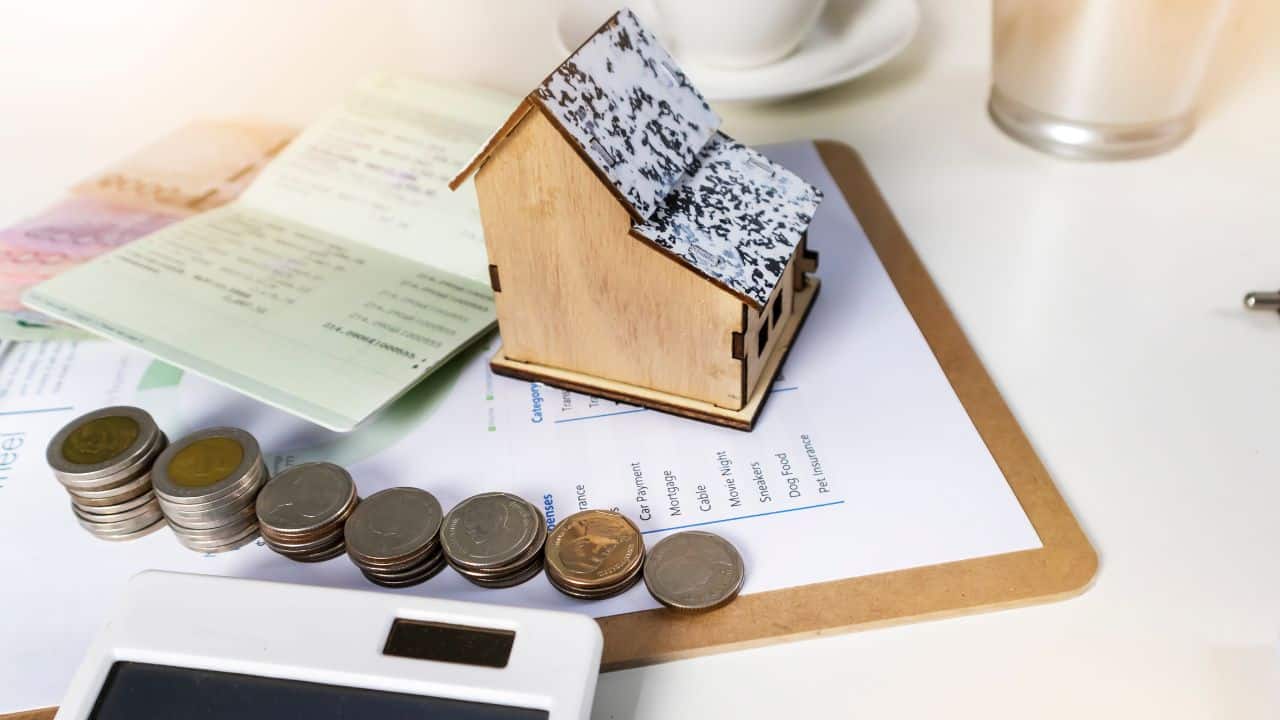Property management isn’t just about maintaining buildings and collecting rent. It’s a complex, multi-step process that requires careful planning, constant attention, and a proactive approach. To succeed in this field, you need to master the entire property management lifecycle. This means understanding and efficiently managing each stage, from acquisition to leasing, and from maintenance to tenant relations.
Efficiency in property management is crucial. It saves time and money, reduces stress, and leads to happier tenants and more profitable properties. In this guide, we’ll walk through the key stages of the property management lifecycle and offer practical tips for optimizing your workflow at each step. Whether you’re a seasoned property manager or just starting out, this guide will help you improve your operations and achieve greater success.
Understanding the Property Management Lifecycle
The property management lifecycle is the series of stages that a property goes through, from acquisition to disposition. Each stage has its own set of tasks and challenges, and mastering each one is essential for overall success.
Acquisition is where it all begins. This is the stage where you identify and purchase properties. It involves market analysis, due diligence, and negotiation. Once you’ve acquired a property, the next step is onboarding and setup. This involves preparing the property for leasing, establishing management processes, and integrating essential services like pest control.
Next comes leasing. This stage involves marketing the property, screening tenants, and signing leases. Once tenants are in place, maintenance and operations take over. This is the day-to-day management of the property, including repairs, tenant requests, and preventive measures like pest control.
Let’s dive deeper into the first four stages of the property management lifecycle.

Modern Pest Control, Simplified.
Acquisition
Acquisition is a critical stage in the property management lifecycle. It sets the foundation for everything that follows. During this phase, you’ll need to identify potential properties, conduct thorough market analysis, and complete due diligence to ensure you’re making a sound investment.
Market analysis involves researching the local real estate market to understand trends, property values, and demand. This helps you identify the best properties to invest in. Due diligence is a more detailed process. It includes inspecting the property, reviewing financial records, and evaluating any potential risks or issues.
When considering a property, don’t overlook the importance of pest control. Pest infestations can cause significant damage and reduce property value. Incorporating pest control considerations into your acquisition process can save you a lot of trouble down the road. Look for signs of pest problems during inspections and factor the cost of pest control into your budget.
Negotiation is also a key part of acquisition. Aim to get the best possible deal on the property, but don’t cut corners. Ensure that all potential issues, including pest control, are addressed before finalizing the purchase.
Onboarding and Setup
Once you’ve acquired a property, the next step is onboarding and setup. This stage involves preparing the property for tenants and establishing the management processes you’ll use moving forward.
Start with a thorough inspection and address any maintenance issues. This is also the time to set up essential services like pest control. Implementing a proactive pest control plan from the start can prevent future problems and protect your investment.
Establishing clear property management processes is crucial. This includes setting up systems for handling tenant requests, scheduling maintenance, and managing finances. Using property management software can streamline these processes and make your job easier.
During onboarding, it’s also important to consider the overall tenant experience. Make sure the property is clean, safe, and ready for occupancy. A smooth onboarding process sets the tone for a positive tenant relationship and helps ensure long-term satisfaction.
Leasing
Leasing is a critical stage where you attract tenants and get them settled into your property. Effective marketing is key to finding the right tenants. Use a mix of online listings, social media, and local advertising to reach a broad audience.
Screening tenants is another crucial step. A thorough screening process helps you select reliable tenants who will pay rent on time and take care of the property. Check references, verify income, and conduct background checks to ensure you’re making the best choice.
Once you’ve found suitable tenants, it’s time to sign the lease. Make sure your lease agreement is clear and comprehensive. It should outline the terms of tenancy, rent payment details, and rules for property use. Include a clause about pest control responsibilities to avoid any confusion later on.
Move-in procedures are also important. Conduct a walkthrough with the tenant to document the property’s condition and address any concerns. Provide tenants with all necessary information, including how to report maintenance issues and what to do in case of a pest problem.
Maintenance and Operations
Maintenance and operations are the heart of property management. This stage involves the day-to-day tasks of keeping the property in good condition and ensuring tenant satisfaction.
Regular maintenance is essential for preventing bigger issues down the line. Schedule routine inspections and address any problems promptly. This includes everything from fixing leaky faucets to maintaining the landscaping.
Tenant requests should be handled efficiently. Provide multiple ways for tenants to submit requests, such as through a portal, email, or phone. Respond quickly and keep tenants informed about the status of their requests.
Pest control is a crucial aspect of maintenance. Proactive pest control measures can prevent infestations and protect your property. Work with a reliable pest control service to schedule regular treatments and respond quickly to any pest issues that arise. Pest Share offers comprehensive pest control solutions that integrate seamlessly with your property management operations.
Efficient operations require good organization and the right tools. Use property management software to keep track of maintenance schedules, tenant requests, and financial records. This will help you stay on top of tasks and ensure nothing falls through the cracks.
Property Management Workflow
Tenant Management
Once you have tenants in your property, managing them effectively is key to ensuring a smooth operation. Good tenant management can make a huge difference in the overall success of your property management efforts.
Communication is the cornerstone of good tenant management. Make sure you have clear and open lines of communication with your tenants. This can be through emails, phone calls, or even a tenant portal where they can easily submit requests or report issues. Being responsive and approachable helps build trust and keeps tenants happy.
Handling tenant complaints and concerns promptly is crucial. Whether it’s a maintenance issue or a noise complaint, addressing problems quickly shows that you care about your tenants’ well-being. This can prevent small issues from becoming big problems and helps maintain a positive relationship with your tenants.
Tenant satisfaction is another important aspect of tenant management. Happy tenants are more likely to renew their leases and take good care of the property. Conduct regular surveys to get feedback on their experience and look for ways to improve. This might include adding amenities, improving maintenance response times, or even organizing community events.
Pest control is a key factor in tenant satisfaction. No one wants to live in a property with pest issues. By including regular pest control services as part of your tenant management plan, you can ensure a pest-free living environment, which can significantly enhance tenant satisfaction.
Financial Management
Effective financial management for property is essential for the success of any property management operation. This involves everything from budgeting and rent collection to managing expenses and ensuring profitability.
Budgeting and financial planning are the first steps in financial management. Create a detailed budget that includes all your expected income and expenses. This should cover everything from mortgage payments and property taxes to maintenance costs and pest control services. Having a clear budget helps you manage your finances more effectively and ensures you have enough funds to cover all necessary expenses.
Rent collection is another critical aspect. Make sure you have a clear and efficient system for collecting rent. This might include online payment options, automatic reminders, and clear policies for late payments. The easier you make it for tenants to pay rent, the more likely they are to pay on time.
Managing expenses is also crucial. Keep track of all your expenses and look for ways to reduce costs without compromising on the quality of service. This might involve negotiating better rates with service providers, implementing energy-saving measures, or regularly reviewing and adjusting your budget.
Profitability is the ultimate goal. Monitor your income and expenses closely to ensure your property is generating a healthy profit. Look for opportunities to increase income, such as adding new amenities or increasing rent gradually. At the same time, be proactive about controlling costs, including regular pest control services to prevent costly infestations.
Property Management Planning Process
Strategic Planning
Strategic planning involves setting long-term goals and developing a plan to achieve them. This is essential for the growth and success of your property management operation.
Start by defining your goals. These might include expanding your property portfolio, increasing tenant satisfaction, or improving profitability. Once you have clear goals, develop a plan to achieve them. This might involve market research, financial planning, and identifying key areas for improvement.
Market trends play a big role in strategic planning. Stay informed about the latest trends in the real estate market and adapt your strategies accordingly. This might involve investing in up-and-coming neighborhoods, upgrading properties to meet changing tenant demands, or incorporating new technologies to improve efficiency.
Planning for property improvements is another important aspect of strategic planning. Regularly evaluate your properties and identify areas for improvement. This might include renovations, adding new amenities, or implementing eco-friendly practices. Proactive pest control is also a key part of this process. By incorporating regular pest control services into your strategic plan, you can prevent problems before they arise and maintain the value of your properties.
Technology Integration
Technology plays a crucial role in modern property management. Integrating the right tools and technologies can streamline your operations, improve efficiency, and enhance the tenant experience.
Property management software is a must-have tool. These programs help you manage everything from tenant information and rent collection to maintenance requests and financial records. By centralizing all your data in one place, you can easily keep track of your operations and ensure nothing falls through the cracks.
Advanced tools and technologies offer additional benefits. This might include smart home devices, online payment systems, or tenant portals that allow tenants to submit requests and make payments online. These tools not only make your job easier but also improve the tenant experience.
Pest control technology is another valuable addition. Advanced pest control solutions, like those offered by Pest Share, can help you identify and address pest issues quickly and effectively. These solutions often include features like pest identification tools, which can accurately diagnose pest problems and connect you with the right service providers. By integrating these technologies into your property management workflow, you can ensure a pest-free environment for your tenants.
Technology also helps with data management and analysis. By collecting and analyzing data on your properties, you can identify trends, spot potential issues early, and make more informed decisions. This can help you optimize your operations, improve tenant satisfaction, and increase profitability.
Property Management Operations
Risk Management
Managing risks is an essential part of property management. There are various types of risks you need to be aware of, including financial, legal, and operational risks. Identifying these risks early and having a plan in place to mitigate them can save you a lot of trouble down the line.
Financial risks include things like unexpected maintenance costs, vacancy rates, and fluctuations in the real estate market. To manage these risks, maintain a solid emergency fund, stay updated on market trends, and regularly review your financial plans.
Legal risks involve compliance with laws and regulations. Make sure you understand local, state, and federal laws that apply to property management. This includes tenant rights, safety standards, and fair housing laws. Regular training and consultations with legal experts can help you stay compliant.
Operational risks are the day-to-day challenges that come with managing properties. This includes maintenance issues, tenant disputes, and pest infestations. Proactive pest control measures, like those provided by Pest Share, can help you manage and reduce the risk of pest-related problems.
Sustainability Practices
Sustainability is becoming increasingly important in property management. Implementing eco-friendly practices not only helps the environment but can also attract tenants and reduce costs.
Start with small changes like energy-efficient lighting, low-flow water fixtures, and recycling programs. These simple steps can make a big difference over time. For larger projects, consider investing in renewable energy sources like solar panels or implementing green building practices during renovations.
Sustainable pest control solutions are also a great way to reduce your environmental impact. Use eco-friendly pest control products and methods that are safe for tenants and the environment. This can improve tenant satisfaction and reduce the likelihood of pest infestations.
Educate your tenants about sustainability and encourage them to participate in eco-friendly practices. This can include things like reducing water and energy usage, recycling, and supporting local green initiatives.






